Every kitchen professional faces the crucial question of what is a saucepan vs pan. Understanding the differences between these two common kitchen utensils is essential for culinary success. Both pots and pans play significant roles in food preparation, but they serve different purposes in cooking.
In this article, we will dissect the distinct characteristics of saucepans and pans. From materials used to design and function, we will cover everything you need to know to make informed choices for your kitchen.
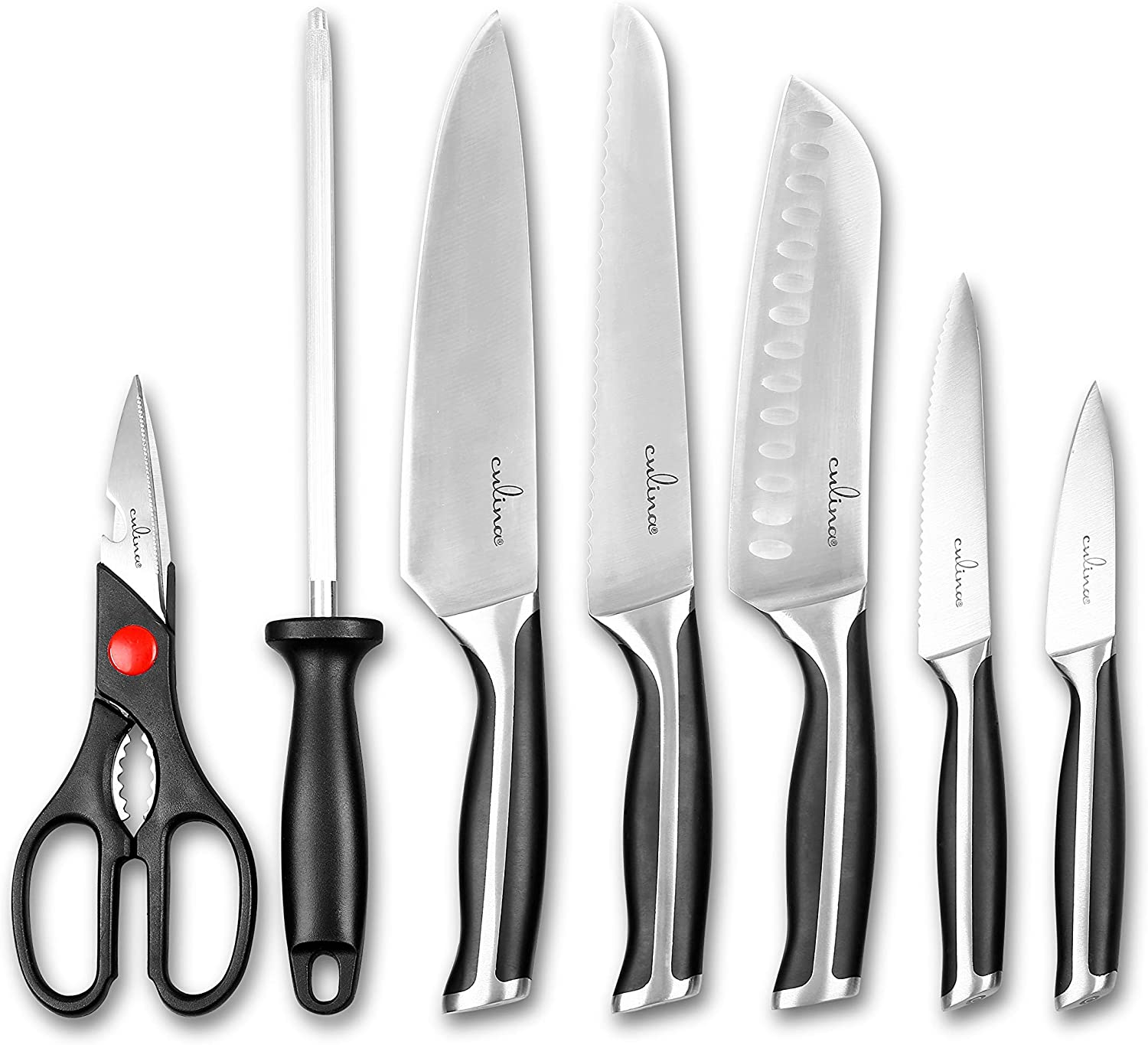
Defining the Basics: What is a Saucepan?
A saucepan is typically characterized by its deep, rounded shape with tall sides and a lid. Designed primarily for cooking sauces, they do an excellent job of holding liquids and reducing sauces through simmering. The long handle provides easy maneuverability and pouring capability. Commonly, saucepans range in size, usually from one to three quarts, offering versatility for preparing single servings or larger portions.
:max_bytes(150000):strip_icc()/sea-stainless-steel-cookware-sets-test-tramontina-gourmet-induction-ready-tri-ply-clad-10-piece-rkilgore-86-2d14dfca5e9e470ea92181757c0ced03.jpg)
What is a Pan?
In contrast, the term 'pan' generally refers to a shallow cooking utensil with a flat surface and sloped sides. Pans can take many forms, including frying pans and saut pans, serving primarily for frying, sauting, and browning foods. Unlike saucepans, pans often do not come with lids, although some variations do exist. The design facilitates quick, even cooking, making them a staple in every kitchen.
Material Matters: Saucepan vs Pan
Both saucepans and pans can be made from various materials, each imparting different qualities to the cooking process. Common materials include:
- Stainless Steel: Durable and non-reactive, great for browning and searing.
- Nonstick: Easy to clean, ideal for cooking delicate foods like eggs and fish.
- Cast Iron: Excellent heat retention, perfect for slow-cooking and frying.
- Copper: Provides rapid heating and exceptional temperature control.
Usage Scenarios: When to Choose Which?
To further understand what is a saucepan vs pan, examining their ideal usage scenarios can provide valuable insights:
- When to Use a Saucepan: Use a saucepan for simmering sauces, making stocks, cooking pasta, or preparing soups. The deep sides help contain liquids, preventing unwanted spills.
- When to Use a Pan: Use a pan for frying, browning, or sauting. The shallow design allows moisture to evaporate quickly, ensuring crispy and well-browned finishes.
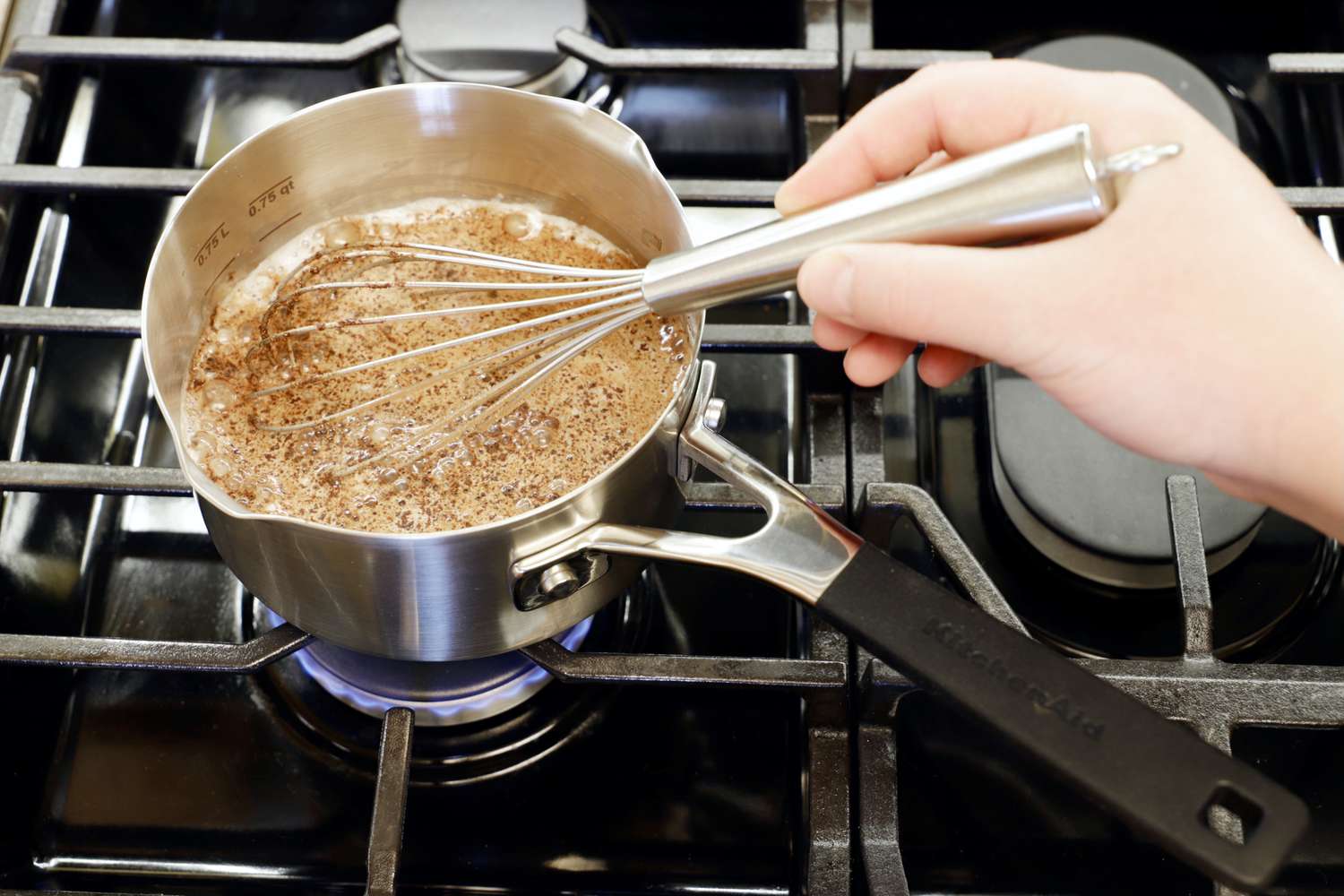
Maintenance Tips for Your Cookware
Taking proper care of your saucepans and pans will ensure longevity in your kitchen. Here are some maintenance tips:
- Wash promptly: Clean cookware immediately after use to prevent stubborn residue.
- Avoid harsh chemicals: Use gentle cleansers to maintain the integrity of the material.
- Season cast iron: Regularly seasoning cast iron pans helps maintain their non-stick properties.
- Store properly: Consider utilizing cookware organizers to avoid scratching the surfaces.
Popular Variations of Saucepan and Pan
Both saucepans and pans have several variations that suit different cooking styles, including:
- Double Saucepan: Ideal for melting chocolate or preparing delicate sauces.
- Saute Pan: Features taller sides and a larger surface area, perfect for braising and searing.
- Frying Pan: Shallow and typically has sloping sides, designed mainly for frying.

FAQs
What is the key difference between a saucepan and a frying pan?
The key difference lies in depth; saucepans are deeper with high sides for simmering, while frying pans are shallower and primarily used for frying and browning.
Can you use a frying pan for simmering sauces?
While possible, it is not ideal. Frying pans have lower sides, making them less efficient for simmering sauces without splattering.
Is stainless steel the best material for saucepans?
Stainless steel is an excellent choice due to its durability and ability to resist staining. However, materials like nonstick and copper have their own benefits depending on cooking style.
Conclusion: Choose Wisely in Your Kitchen
Understanding what is a saucepan vs pan empowers kitchen professionals to make informed decisions when preparing various dishes. The right choice can lead to not only better cooking results but also a more enjoyable cooking experience.
For those considering the differences between a standard saucepan and a pressure cooker, gain valuable insights from this informative article on pressure cookers.
Adding these essential utensils to your culinary toolkit will undoubtedly improve your efficiency and elevate your cooking prowess!
As an Amazon Associate, I earn from qualifying purchases.

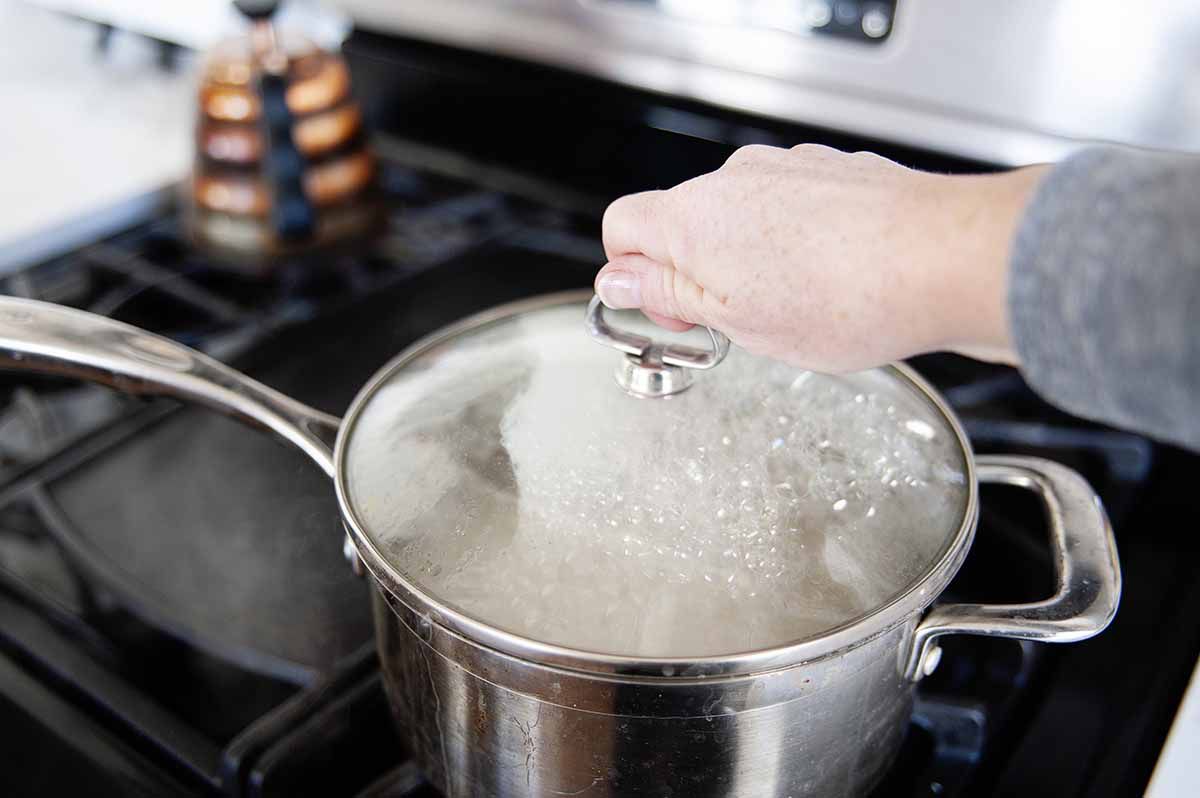


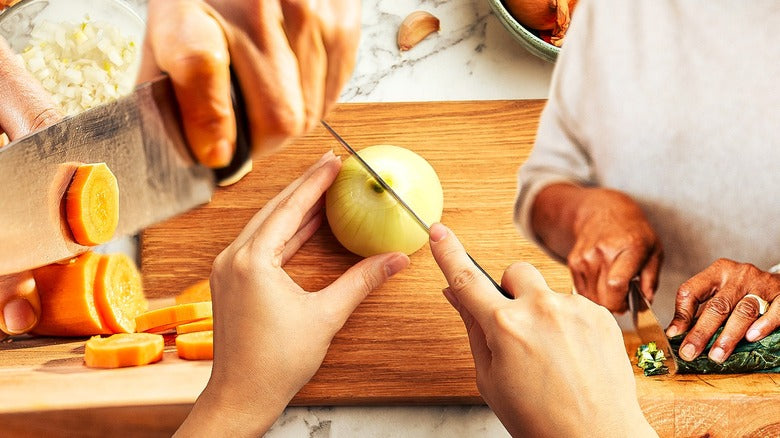
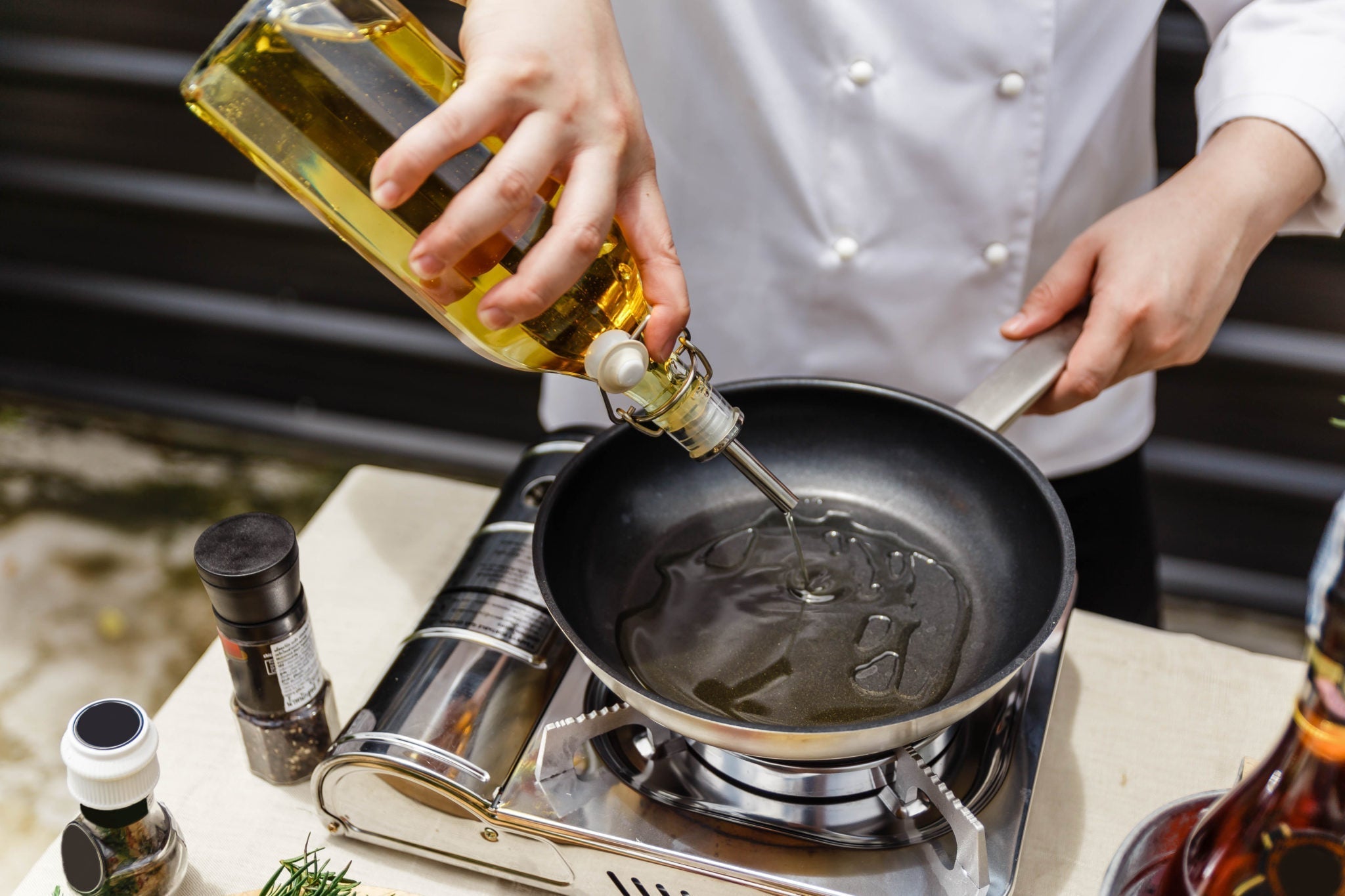
Leave a comment
This site is protected by hCaptcha and the hCaptcha Privacy Policy and Terms of Service apply.